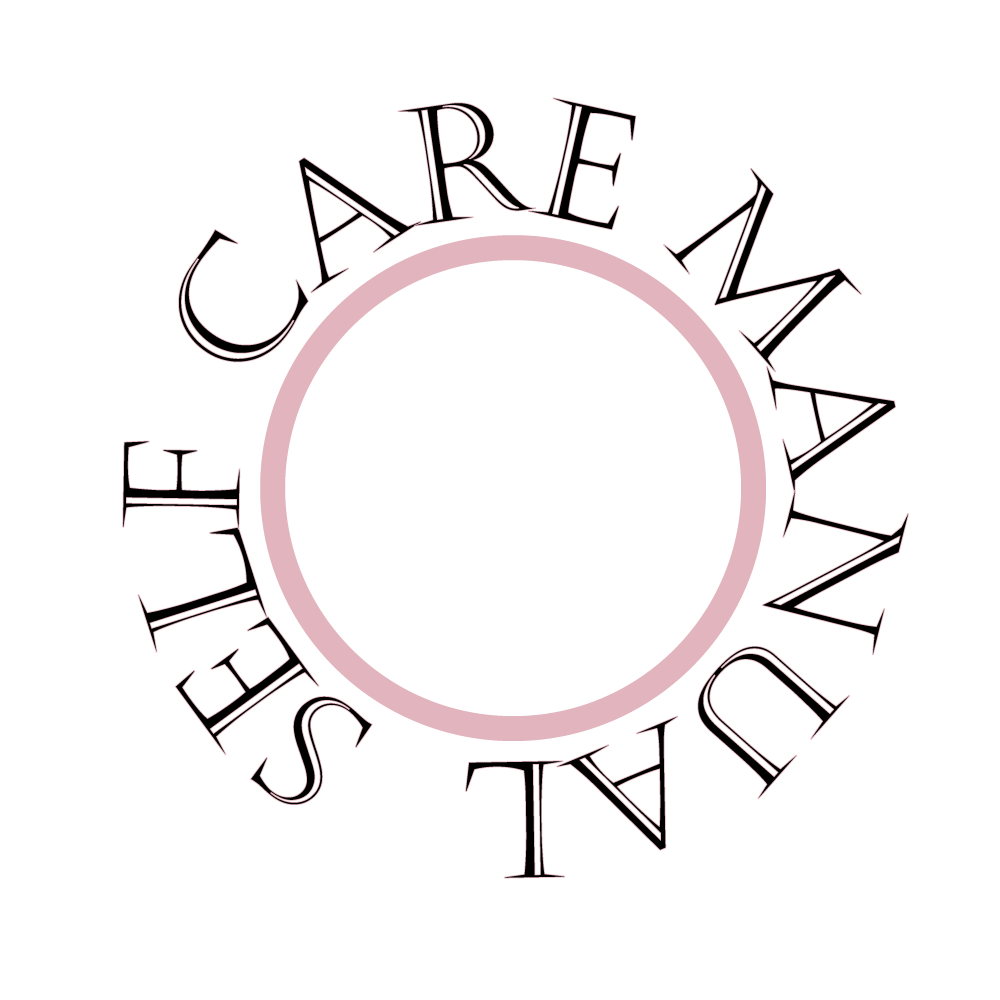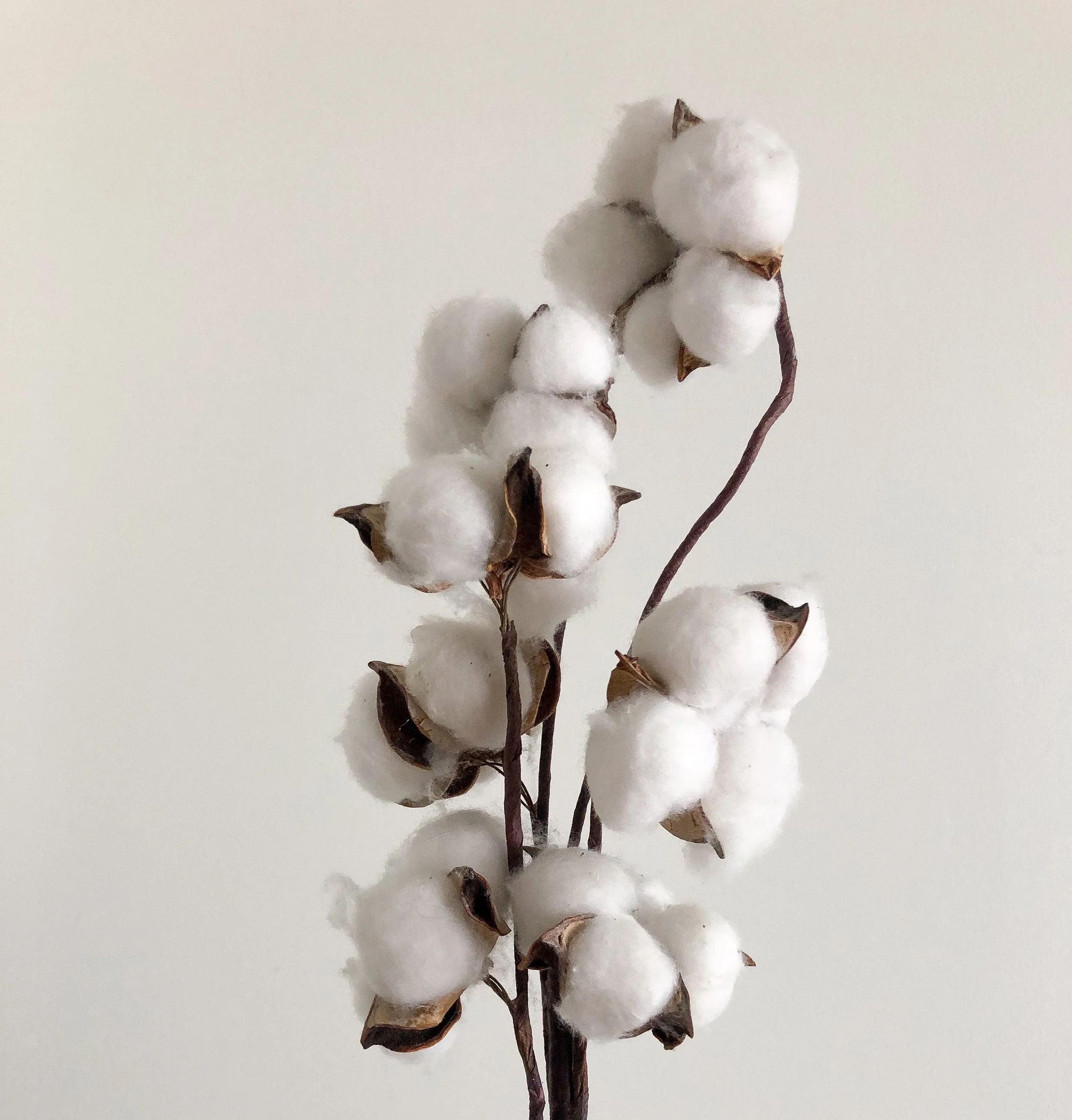Beyond Fast Fashion: A Journey into Sustainable Style and Wardrobe Wisdom
Have you ever felt like you're wading through a sea of polyester every time you step into fast fashion havens like Zara, H&M, Forever 21, and their kin? The experience seems to have lost its charm, hasn't it? What was once an exciting pursuit for affordable trends has morphed into a journey through poorly made garments.
Complaints are on the rise. It looks like everyone is switching gears, opting for a few quality items each season instead of drowning in a bunch of cheaper ones just because they're there.
Ask yourself: Do these clothes even spark joy? (as Marie Kondo would say)
Join us on this journey through the evolving world of fashion. It's not just about style; it's about making choices that reflect a conscious way of living. Welcome to the revolution—where fashion meets quality, and every choice tells a unique story.
The Plastic Paradox
Polyester, hailed for its ease of care and affordability, has become the unsung hero of fast fashion. A quick glance at care labels reveals its appeal—wrinkle-resistant, durable, and easily washable. However, beneath this veneer of convenience lies a significant environmental concern. Polyester, at its core, is a form of plastic derived from petrochemicals, making it non-biodegradable. When we opt for polyester garments, we are essentially choosing to wear a product of the same material used to make water bottles and packaging. The longevity of polyester in landfills raises questions about the sustainability of our fashion choices.
Unraveling the Threads of Fashion History
To understand how we arrived at this crossroads, let's journey back through time. The mid-20th century marked a turning point when synthetic fibers, including polyester, gained prominence. Driven by the desire for affordability and mass production, the fashion industry embraced these materials. The post-war era witnessed a surge in the popularity of synthetic fabrics, offering an alternative to the more labor-intensive and costly natural fibers like cotton and wool.
As the decades rolled on, the rise of fast fashion accelerated this shift. Mass production, fueled by globalization, made synthetic fibers like polyester even more ubiquitous.
The result?
An industry that prioritizes quantity over quality, where trends change at lightning speed, leaving a trail of discarded garments in its wake.
A Breathable Affair
One of the key advantages of natural materials is their breathability. Cotton, for instance, absorbs moisture and allows the skin to breathe, making it an ideal choice for various climates. Linen, with its airy weave, offers a cooling effect, while wool provides natural insulation, keeping you warm in colder seasons. These properties not only contribute to comfort but also promote the overall well-being of the body.
While natural materials may require a different approach to care compared to their synthetic counterparts, the effort is well worth it. Gentle washing, air drying, and mindful storage can extend the lifespan.
Cotton
1. Sustainable Growth:
Cotton is a plant-based fiber derived from the fluffy white fibers surrounding the seeds of the cotton plant. Unlike synthetic materials, its production is rooted in agriculture. However, the key differentiator lies in the cultivation methods. Smaller brands are increasingly championing organic and sustainable farming practices, steering away from the environmental toll associated with conventional cotton farming. Organic cotton eliminates the use of harmful pesticides and promotes soil health, aligning with the ethos of responsible fashion.
The difference between organic cotton and conventional cotton is big. Organic cotton not only uses 88-91 percent less water, but also 62 percent less energy than conventional cotton.
As we continue our exploration of sustainable fabrics, the European Union's cotton policy, initiated in 1981 and last reformed in 2006, takes center stage. Aimed at fostering a competitive, sustainable, and market-driven cotton sector, this policy underscores the EU's commitment to supporting cotton production in agriculturally significant regions. Similar to the principles guiding organic cotton, cotton growers within the EU are entitled to decoupled income support, emphasizing environmental protection, animal welfare, and food safety standards.
2. Reduced Environmental Impact:
Polyester, a petroleum-based product, has long been criticized for its contribution to environmental degradation. In contrast, cotton is biodegradable, minimizing its impact on landfills.
3. Breathability and Comfort:
Cotton's natural properties make it an ideal choice for clothing. Its breathability allows for better air circulation, making it comfortable to wear in various climates. This aspect not only enhances the wearer's comfort but also aligns with the principles of mindful living, emphasizing a connection between well-being and the materials we choose.
Linen
1. Flax Cultivation:
Linen is crafted from the fibers of the flax plant, an ancient crop with a rich history. The cultivation of flax is inherently eco-friendly, requiring minimal water and pesticide usage compared to conventional cotton. The most obvious reason why linen is so sustainable is that every part of the plant can be turned into fiber.
2. Minimal Environmental Impact:
In the pursuit of sustainable alternatives, linen stands out for its low environmental impact. The flax plant is resilient and versatile, flourishing in diverse climates without the need for excessive irrigation or synthetic inputs.
Here are the main reasons linen is so sustainable:
Short Growth Cycle: Varieties of flax used for linen boast a brief growth cycle, with harvest occurring within 80 to 100 days after planting. This characteristic allows linen to be cultivated in between the growing seasons of other crops, maximizing land use efficiency.
Low Water Requirements: In most climates where flax thrives, it requires no irrigation and can rely solely on rainfall for growth. This feature underscores linen's sustainability by minimizing water usage in its production.
Minimal Chemical Treatment: The production of organic-linen fabrics stands out for its minimal need for chemical treatment or processing. This not only reduces the environmental impact but also aligns with the principles of eco-friendly and mindful fashion.
Low Waste Production: The manufacturing process of linen generates little waste, contributing to a more sustainable and efficient production cycle.
Longevity: The inherent strength of flax fiber results in exceptionally durable linen products. With proper care, linen items can last for decades, promoting longevity and reducing the frequency of replacements.
Biodegradability: At the end of its life cycle, a 100-percent-linen item is completely biodegradable. This characteristic ensures that linen contributes to a circular and eco-friendly approach to fashion, minimizing environmental impact.
3. Timeless Aesthetic and Versatility:
Smaller brands are recognizing the enduring appeal of linen, offering fashion that transcends trends. Linen garments exude a timeless aesthetic, effortlessly blending comfort with sophistication.
Wool
The environmental footprint of wool production is relatively low, especially when compared to synthetic alternatives. Sheep, the primary source of wool, contribute to land management by grazing on pastures.
1. Biodegradability:
Wool is naturally biodegradable, offering a clear advantage in the pursuit of circular fashion. At the end of its life, wool items break down organically, returning to the earth without contributing to the persistent waste issues associated with some synthetic materials.
Wool, composed of keratin—the same protein as human hair—demonstrates remarkable environmental sustainability. When placed in soil or water, wool naturally biodegrades, engaging micro-organisms in a continuous biological life cycle. Under optimal conditions, studies show that wool products can almost completely degrade within six months in the ground. Simultaneously, wool serves as an effective soil conditioner and fertilizer, releasing sulphur, nitrogen, phosphorous, and potassium during its biodegradation.
2. Durability and Longevity:
Wool fibers possess inherent strength and resilience, resulting in durable and long-lasting products. Moreover, the durability of wool is not a recent discovery. Across diverse cultures, the utilization of wool spans millennia, with communities worldwide recognizing and harnessing its unique properties for clothing and textiles.
3. Insulation and Energy Efficiency:
Wool's unique properties extend beyond fashion; it serves as a natural insulator, providing warmth in colder months and coolness in warmer weather.
4. Responsible Animal Welfare:
Smaller brands embracing wool often prioritize responsible sourcing, ensuring ethical treatment of the animals in their care. Ethical wool production aligns with the principles of mindful living, fostering a connection between fashion choices and the well-being of animals.
In Conclusion
The shift towards quality, epitomized by the likes of organic cotton and sustainable linen, reflects a conscious choice towards environmental responsibility. Choosing organic means embracing materials that not only stand the test of time but also contribute to a healthier planet. From the reduction of water and energy consumption in organic cotton cultivation to the low environmental impact of flax for linen, these choices echo a commitment to mindful living.




